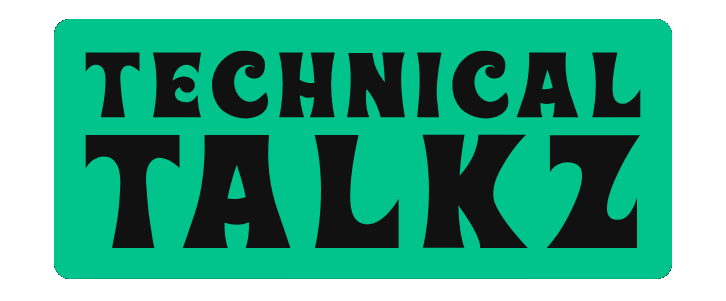As the fast-paced world of software development continues to evolve, machine learning-enabled code tools like GitHub Copilot, ChatGPT, and Sourcegraph Cody have become super coding buddies. But what does AI-generated code actually look like when compared to the traditional, human-written code in real-world development? Is it production-ready, or is it still incomplete without a developer’s touch?
In this article, we’ll discuss the advantages, disadvantages, and practical applications of coding with AI versus coding by hand. We’ll also look at an example in real life to see the differences.
What does AI-generated code offer?
AI can generate code snippets, write full functions, and even rework your code according to your prompt or docstring. The advantages are:
Speed: AI can spit out boilerplate code in seconds.
Contextual Support: Tools like Copilot provide code suggestion based on the context of your current file.
Learning Support: Young programmers will learn faster with inline suggestions.
Multilingual Support: AI can easily switch between languages and frameworks.
It is, however, not a flawless solution.
Despite all the AI mania, human instinct, context awareness, and solving problems are not replacables. Programmers don’t just write syntax—they architect logic, anticipate edge cases, and write maintainable code that fits business needs.
Code written by humans tends to perform better at:
Readability & organization
Peak performance
Security and scalability
Handling edge cases
Real-World Analogy: A Little Web Problem
Let’s say you have to code a JavaScript function that validates an email and shows a styled error message when the input is invalid.
🔹 AI-Generated Code (Prompt: “Validate email in JS and show error message”)
function validateEmail(email) {
const regex = /\S+@\S+\.\S+/;
if (!regex.test(email)) {
document.getElementById('error').innerText = 'Invalid email address';
} else {
document.getElementById('error').innerText = '';
}
}
🔸 Human-Written Code (Manual)
function isValidEmail(email) {
const pattern = /^[^\s@]+@[^\s@]+\.[^\s@]+$/;
return pattern.test(email);
}
function showEmailError(isValid) {
const errorEl = document.getElementById('error');
errorEl.textContent = isValid ? '' : 'Please enter a valid email address.';
errorEl.style.color = 'red';
}
🆚 Key Differences:
Feature AI Code Human Code
Readability Basic, inline logic Modular, easier to debug
Regex Accuracy Basic regex More precise regex
UI Feedback Styling Not included Styled for better UX
Reusability Low (hardcoded element IDs) High (modular, reusable functions)
⚖️ The Verdict: Collaboration Over Competition
AI-code is most effective when it works as a co-pilot, and not a captain. It is most effective at:
Prototyping ideas
Streamlining repetitive coding
Learning best practices (if reviewed critically)
But still requires human oversight for production-quality code. Logic must be checked by developers, architecture must be enforced, and maintainability.
✅ Safe Use of AI Code: Best Practices
Always review and refactor AI code.
Marshall your domain expertise with AI recommendations.
Apply AI for speed, not as a crutch to understand.
Run automated tests for functionality.
Don't simply copy and paste—security loopholes shouldn't exist.
Final Thoughts
AI is revolutionizing how we code, but human intelligence, creativity, and common sense still reign supreme. The best coders of 2025 will be those who know how to use AI to their advantage—without becoming dependent on it.
As AI tools become smarter and more sophisticated, developers need to worry about writing neat, sensible code while embracing automation in moderation.



